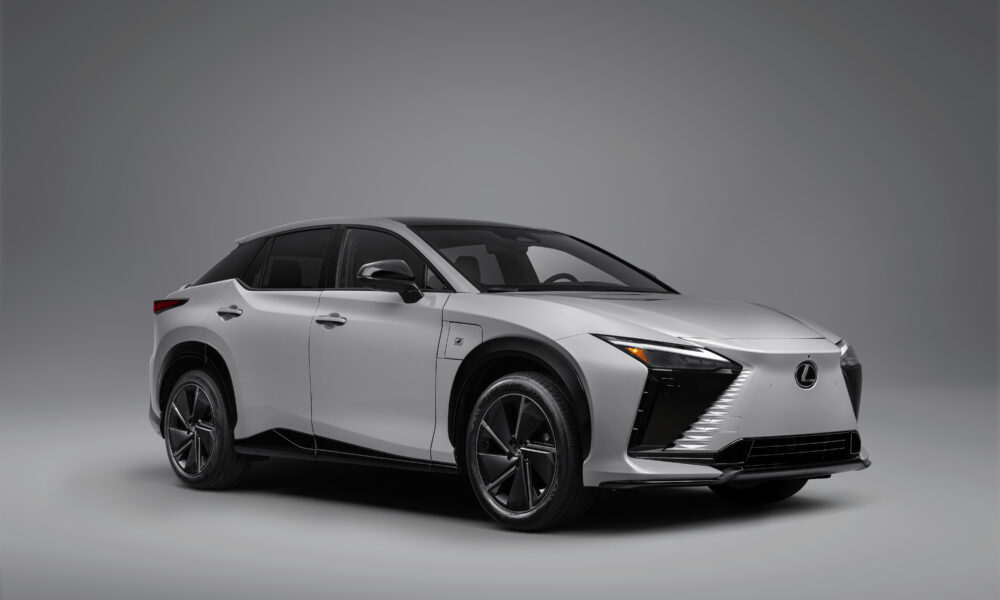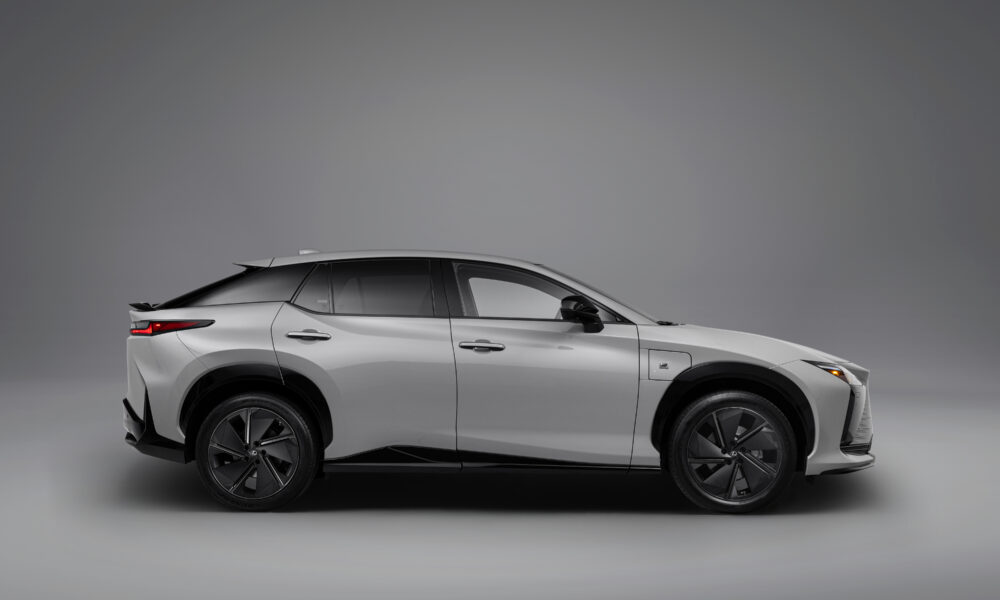As vehicles become more advanced, drivers are using technology in vehicles in different ways. As these technologies increasingly become part of the driving experience, it is important that we help customers understand the technologies and how to properly use them to help stay safe on the road.
An interview with John Lenneman, a senior principal research scientist at the Toyota Collaborative Safety Research Center, who is leading research that examines how customers interact with and learn to use advanced driver assistance systems (ADAS) in vehicles. The research aims to inform vehicle safety systems and enhance consumer education programs.
What issue are you trying to address with your research?
We strive to design technology that is intuitive and easy to use, but we know that sometimes safety technology can be overwhelming and daunting. The purpose of our research is to learn how customers develop their own understandings of the technologies and systems in their cars. Ultimately, we want to help customers learn to use those technologies properly to help them stay safe.
What has your research found so far about how people learn to use new safety technologies?
Through our research, we’ve identified five different types of learners of safety technologies, who each learn in unique ways. They include expert learners, skilled learners, moderate learners, uninformed learners and misinformed learners. Expert, skilled and moderate learners all have some level of understanding of how the various technologies and systems in their vehicles work. Uninformed learners do not know how these technologies work, but they are aware that they do not fully understand how they work. In contrast, misinformed learners believe that they understand how ADAS technologies work, but don’t fully understand the technologies purpose or function.

How are you examining how customers interact with the technology and systems in their cars?
Several research projects have contributed to our understanding of how individuals learn to use and operate safety technology. One in particular looked at how 50 drivers used technology over the course of six months and observed driving behaviors and interviewed them as they interacted with the vehicle’s safety system. In addition to interviewing each subject, researchers also tracked their vehicle locations and observed their behaviors beginning two or three weeks after they purchased a new vehicle.
How will the study inform the development of customer education programs?
We are currently developing a consumer education campaigns based on our research finding. We are also looking into things such as how best to continue educating customers over an extended period of time, rather than just one time after purchasing a car.
Additionally, we want to develop consumer education programs that identify the type of learner that any given consumer might be. We plan on continuing to listen to Toyota and Lexus owners as we strive to continually improve design and customer education programs for all learners.
Where does Lexus and the Guest Experience team fit into this project and are there plans to expand the study to Toyota vehicles?
The Lexus Guest Experience team will be developing a customer education campaign that will apply Toyota’s evaluation of how customers use their vehicle’s technology and help ensure they are using technology effectively. We eventually want to create a similar campaign for Toyota dealers and, more specifically, we are considering developing a My Safety Systems function that would live in a future mobile application that would allow for personalized education for each type of learner.
Originally published June 17, 2020


 Add to Cart
Add to Cart Print
Print Convert to PDF
Convert to PDF


